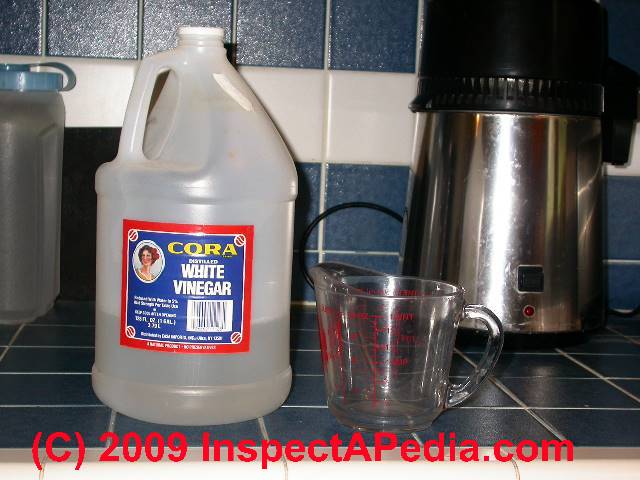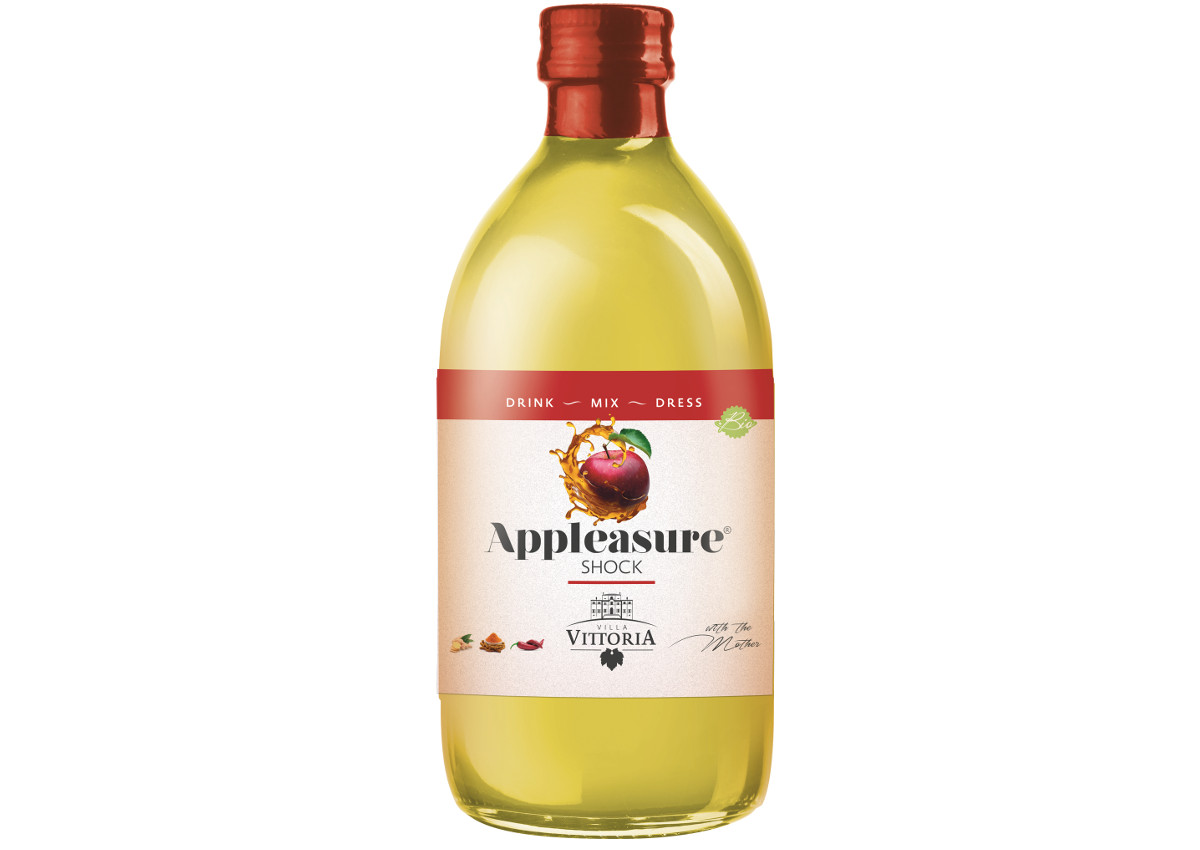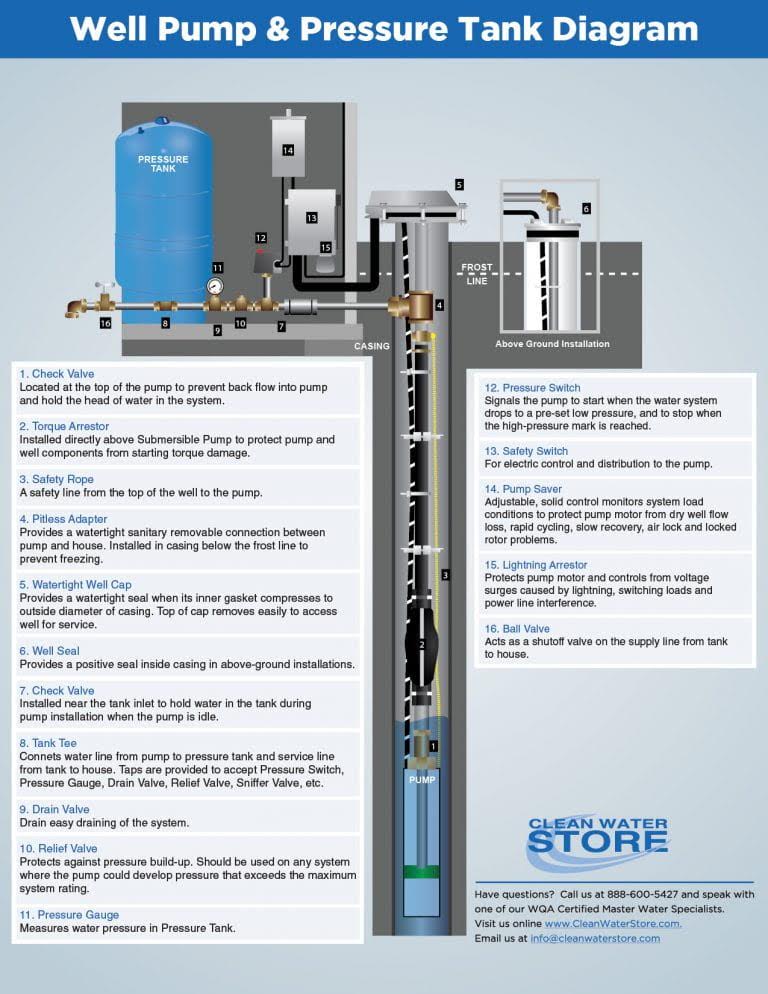We would like to state our position on this. If the well is deeper increase the amount of bleach according to the proportions of the solution.
Turn on power supply and connect a hose to an outside house hose bibb or spigot and run the water directly into the well until a chlorine odor is present in the water.

How to shock a well with vinegar.
Open each faucet and let the water run until a strong chlorine odor is detected then turn it off and go to the next one.
Remove the well cap or access the wellhead through the venting opening.
To get the depth of water in your well you will need to measure the distance from the bottom of the well to the waterline.
Connect a garden hose to a nearby faucet and wash down the inside of the well.
The water may initially be very high in sludge and rust and cause damage to pipes and fixtures.
One of the steps in shocking a well using a garden hose connected to the building to use chlorinated water to wash down the well casing sides during the initial steps in the well shock procedure will reduce the water consumed but during the flush out period a low yield well may still run out.
Mix 2 quarts bleach in 10 gallons of water.
A licensed well driller is trained to shock chlorinate.
Should you decide to shock chlorinate your well yourself take the following precautionary measures.
Does vinegar disinfect as well as bleach.
Fill a clean bucket with 3 gallons water to shock a drilled well.
Dont forget outdoor faucets and hydrants.
When mom mentioned that you should disinfect your countertops with bleach we received a lot of comments about how great it is to use vinegar instead of bleach.
We do not want to knowingly put incorrect or dangerous information on our website so in situations like this we will refer to the best places we.
Pour 1 gallon of household bleach and 1 gallon of white vinegar directly into the well.
Shock chlorinating your well may cause the water to turn a dark color and the chlorine may clean the well shaft and pipe of iron and sediment.
Use a strong flashlight to inspect down the casing.
Carefully pour 12 gallon of household bleach into the water.
First shut off all power for the wellhead at the breaker.
This will disinfect a well that measures 4 inches in diameter and is 100 feet deep or less.
Shock chlorination is used to remove bacterial contaminants from well water well casings holding tanks and the whole water supply system.
Water wells occasionally can be contaminated as a result of flooding or other natural occurrences or due to well repairs.
Pour each along the inner edge of the well casing to disinfect the inner surface of the well.
Removing and replacing well components offers an opportunity for contamination to occur.
Try to identify or trace the source of the bacteria and protect the well itself from contamination.
The process of getting the well back into use involves shocking the well with chemicals and flushing the entire system.




















No comments:
Post a Comment